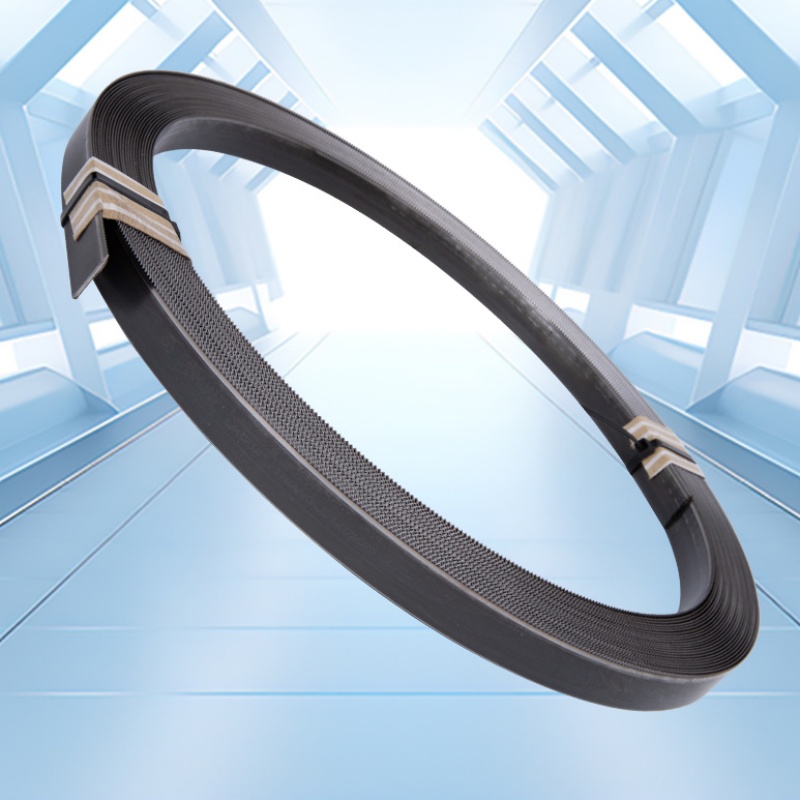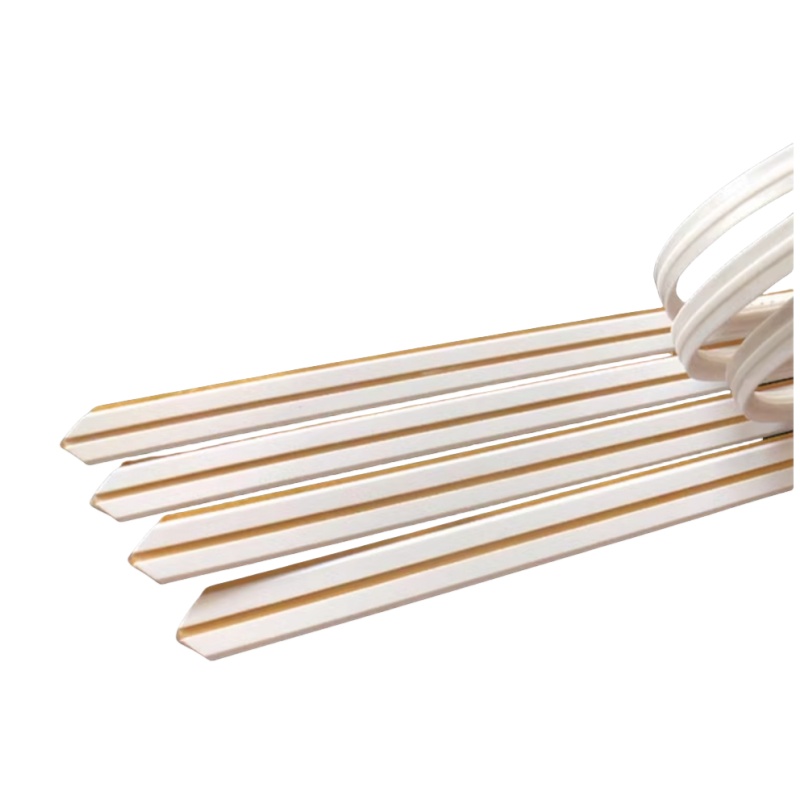
Tool steel fabrication methods serve a fundamental role within assembly of superior components over a comprehensive range of trades. The metals express remarkable durability, facilitating them to resist considerable tensions involved in industrial operations. From heavy-duty components to healthcare apparatus, rule die steel finds its role in a extensive of disciplines.
- Automotive parts: Rule die steel is indispensable for crafting reliable and clean sections such as bushings, valves and brackets.
- Food Processing appliances: The exquisite measurement and stability of rule die steel make it advantageously appropriate for manufacturing complicated surgical instruments.
- Mold Making: Rule die steel serves as the fundamental of long-lasting tooling and molds used in various manufacturing workflows, ensuring accurate product output.
Precision Cutting Rules for Sharp Sheet Metal Fabrication
Realizing precision in sheet metal fabrication entails exacting attention to specifics, particularly when it comes to cutting. Making use of the right cutting rules is indispensable to guaranteeing accurate and trustworthy results. First and foremost, selecting the appropriate cutting method for your material thickness and desired edge quality is paramount. Options include plasma cutting, each with its own assets. Subsequently, understanding material properties like tensile strength, ductility, and hardness can help prevent warping or damage during the cutting process. Always utilize a material's datasheet for exhaustive guidelines on safe cutting practices.
- Likewise, maintaining sharp cutting tools is crucial for neat cuts and preventing stress on the sheet metal.
- Warm-up the material can reduce thermal stress and improve cut quality in thicker materials.
- Finally, post-processing steps like deburring and edge finishing are vital for achieving a professional and functional product.
Familiarizing with Punch and Die Construction
Punch and die construction is a critical aspect of the metal stamping process. These tools generate metal sheets into various elements by applying specific pressure. The design and construction of punches and dies considerably influence the success of the stamped wares. A well-constructed punch typically features a hardened steel tip to withstand repeated hits, while the die aligns with this force with a precisely machined cavity. The interaction between these two elements secures the dependable transfer of shape and magnitude to the metal sheet. The complexity of punch and die construction can change based on the distinct requirements of the stamping application. Variables such as the material thickness, shape complexity, and production volume all play a role in determining the schematic of the tools. Understanding these fundamental principles of punch and die construction is vital for anyone involved in the metal stamping industry. From professionals to operators, a solid grasp of this subject can facilitate to increased efficiency, product quality, and overall success.Precision Folding Enabled by Creasing Matrices
When it comes to achieving precise fold lines in the realm of fabrication and material processing, creasing matrices emerge as a crucial element. These specialized tools, often crafted from rigid materials like aluminum, are strategically designed to impart distinct creases into sheets or substrates. By exerting controlled pressure at specific points along the material's surface, creasing matrices effectively determine fold lines that guide subsequent bending operations. This pre-creasing process substantially enhances folding accuracy, resulting in more accurate and uniform final products.
- The precise nature of creasing matrices allows for the production of detailed folds and designs.
- They can be customized to accommodate a wide range of material thicknesses and properties.
- Creasing matrices play a vital role in industries such as paper manufacturing, cardboard packaging, and printed circuit board fabrication.
Extreme Speed Rule Die Steel for Car Sector
The vehicle sector is continuously seeking materials that can withstand the challenging conditions of manufacturing and working. Distinctly, high-speed rule die steel has emerged as a important asset due to its exceptional properties. This fabric exhibits notable hardness, wear resistance, and toughness, making it ideal for producing intricate car parts.
- Moreover, its ability to maintain these properties at elevated temperatures aids efficient production processes.
- Employments of high-speed rule die steel in the automotive industry are extensive.
- Examples include cutting tools, molds for plastic components, and dies used in sheet metal stamping.
Refining Rule Die Steel Hardness for Cutting Performance
Securing optimal cutting performance with rule die steel hinges on carefully electing the appropriate hardness level. A adjustment between hardness and ductility is crucial to ensure both acuteness of the cutting edge and resistance to wear. Robust steels can withstand increased cutting forces and resist deformation, leading to longer tool life. However, excessively hard steels may become brittle and prone to breaking, compromising the integrity of the cutting process.
- Conditions like material being cut, cutting speed, and feed rate all contribute the ideal hardness range.
- Employing tempering can effectively modify the hardness of rule die steel.
Understanding the relationship between hardness and cutting performance allows for enhancement of tool life, surface finish, and overall cutting efficiency.
Choosing Punch Designs for Multiple Materials
When designing punches for material manufacturing, several important considerations must be taken into account. The type of material being punched significantly impacts the punch design. For instance, stiff materials like steel require punches with sharper edges to effectively penetrate and deform the material. Conversely, malleable materials like aluminum can be punched with punches featuring lighter geometries to minimize edge damage and ensure clean cuts. Likewise, factors such as the material's density also play a role in punch design. Thicker materials often necessitate larger punch diameters and increased impact for successful piercing. Understanding the material's features is essential to select an appropriate punch material and geometry that ensures optimal performance and minimizes tool wear. In essence, a well-designed punch should effectively produce the material while minimizing deformation, damage, and tooling wear.Honing of Cutting Dies
Maintaining cutting dies in peak condition is vital for ensuring accurate and efficient die-cutting operations. Over time, the cutting edges of dies can become dull or damaged, leading to inconsistent cuts, material scrap, and increased production costs. To maximize die lifespan and optimize cutting performance, it's imperative to follow a regular sharpening and maintenance schedule.
- Regularly inspect cutting edges for signs of wear, such as chipping or rounding.
- Adopt specialized sharpening tools designed for die-cutting applications.
- Clean dies thoroughly after each use to remove debris and prevent rust buildup.
- Store dies in a clean, dry environment when not in use to protect them from corrosion.
By adhering to these best practices, you can extend the life of your cutting dies and ensure consistent, high-quality die-cutting results.
Application-Driven Rule Die Steel Selection
When deciding on rule die steel, consider its deployment. Various types of rule die steel succeed in different applications due to their unique qualities. For example, high-carbon steel is excellent for robust rule dies used in demanding applications like engineering production. On the other hand, tool steels with composite elements are often selected when wear resistance is paramount.
- Confer with a reputable rule die steel dealer to find out the best choice for your specific needs.
- Factors like work method, production volume, and ambient conditions all determine the ideal rule die steel selection.
Be aware that proper servicing and lubrication can significantly increase the lifespan of your rule die steel, regardless of its style.
Sharp Creasing Matrix for Packaging Applications
In the realm of specialized packaging design, precision is vital. A high-quality creasing matrix plays a vital purpose in ensuring clean, crisp creases that enhance the styling of packaged products. These matrices are meticulously crafted from durable materials like steel or carbide, and they come in various patterns to accommodate diverse packaging needs.
The faithfulness of a creasing matrix directly impacts the quality of the finished package. A well-maintained crease scoring matrix will result in consistent creases that not only boost the product's visual presentation but also contribute to its solidity.
- Considerations to consider when choosing a creasing matrix include the component of the packaging, the required formation, and the frequency of production.
- Periodic maintenance of the creasing matrix is imperative to preserve its accuracy and lengthen its service.
- Directing in a high-quality creasing matrix can be a profitable decision for any packaging operation, as it contributes to the effectiveness of the production process and enhances the overall quality of the finished product.
Case Studies: Successful Implementation of Rule Die Steel Apply
A compelling array of case studies illustrate the remarkable efficacy of rule die steel across diverse industrial applications. From the demanding realm of automotive manufacturing to the intricate world of electronics production, these real-world examples display the transformative power of this advanced material. Institutions have leveraged rule die steel to achieve substantial improvements in product quality, manufacturing efficiency, and overall system resilience.
- One notable case study centers on a leading fabricator of aerospace components, where the implementation of rule die steel produced a significant reduction in part defects and an improved production cycle time.
- In another instance, a renowned electronics manufacturer professionally applied rule die steel to fabricate intricate circuit boards with unprecedented precision and accuracy, facilitating a substantial improvement in product reliability.
These case studies provide irrefutable evidence of the flexibility of rule die steel as a solution for meeting the increasingly demanding requirements of modern industries.
